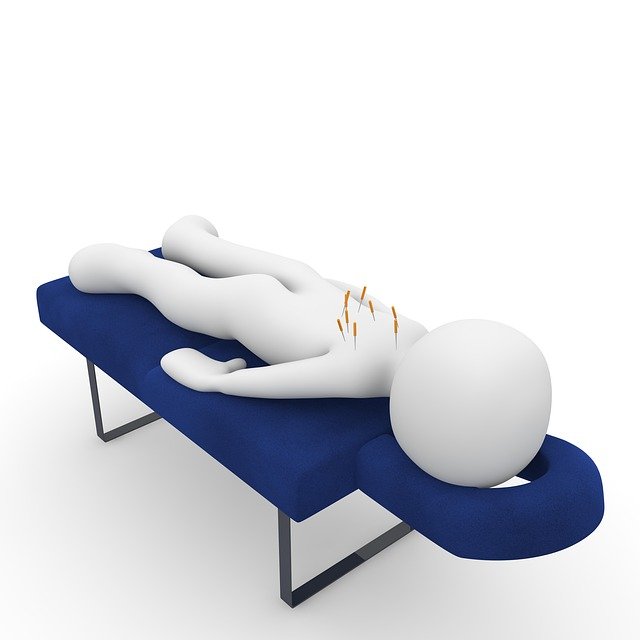Uncovering the Science Behind Foot Soak Therapy — More Than Just Relaxation
Foot soaking has evolved from a simple comfort ritual into a scientifically-backed wellness practice. Research reveals that targeted foot therapy can influence circulation, reduce inflammation, and support overall health through specialized nerve pathways and pressure points. Understanding the physiological mechanisms behind different soaking methods helps explain why this ancient practice continues to gain recognition in modern healthcare and wellness communities.

How Mineral Baths and Herbal Soaks Affect Blood Flow
Mineral baths create therapeutic effects through osmotic pressure and temperature regulation that directly impact circulation. Epsom salt, containing magnesium sulfate, draws out excess fluids while promoting vasodilation in peripheral blood vessels. The warm water temperature, typically maintained between 98-104°F, causes blood vessels to expand, increasing circulation to the extremities.
Herbal soaks containing ingredients like ginger, rosemary, or peppermint introduce bioactive compounds that further enhance blood flow. These natural vasodilators work synergistically with warm water to improve oxygen delivery to tissues and facilitate the removal of metabolic waste products from the feet and lower legs.
Why Wellness Experts Recommend Consistent Foot Care
Consistent foot care routines, including regular soaking, address multiple health factors simultaneously. Wellness professionals emphasize that feet contain numerous pressure points and nerve endings that connect to various body systems. Regular therapeutic soaking helps maintain proper pH balance, prevents bacterial growth, and keeps skin tissues healthy and resilient.
The practice also supports lymphatic drainage, which is essential for immune function and toxin removal. When performed consistently, foot soaks can help regulate sleep patterns through the activation of parasympathetic nervous system responses, leading to improved overall stress management and recovery.
Exploring the Link Between Foot Health and Overall Wellbeing
Foot health directly correlates with mobility, posture, and systemic circulation throughout the body. Poor foot condition can lead to compensatory movement patterns that affect joints, muscles, and alignment from the ground up. Regular foot care through therapeutic soaking helps maintain tissue flexibility and joint mobility, preventing these cascading effects.
Research indicates that improved foot circulation supports cardiovascular health by reducing the workload on the heart when pumping blood back from the extremities. Additionally, the reflexology principles suggest that stimulating specific areas of the feet through soaking and gentle massage can influence corresponding organs and systems throughout the body.
Scientific Mechanisms Behind Therapeutic Benefits
The therapeutic effects of foot soaks operate through several physiological mechanisms. Hydrostatic pressure from water immersion provides gentle compression that supports venous return and reduces swelling. The temperature differential between body heat and warm water triggers thermoregulatory responses that promote circulation and cellular metabolism.
Minerals absorbed through the skin during soaking can influence electrolyte balance and muscle function. Magnesium, commonly found in therapeutic salts, plays crucial roles in nerve transmission and muscle relaxation, while sulfates support detoxification processes at the cellular level.
Modern Applications and Evidence-Based Practices
Contemporary wellness centers and healthcare facilities increasingly incorporate foot soak therapy into treatment protocols for various conditions. Evidence supports its use for managing diabetic foot complications, reducing symptoms of peripheral neuropathy, and supporting recovery from athletic activities or prolonged standing.
The practice has also gained recognition for its mental health benefits, with studies showing measurable reductions in stress hormones and improvements in mood following regular foot soak sessions. This mind-body connection demonstrates how targeted foot care can influence overall psychological wellbeing.
Integration with Holistic Health Approaches
Foot soak therapy complements other wellness practices by preparing the body for deeper relaxation and therapeutic interventions. When combined with meditation, aromatherapy, or massage, the benefits are often amplified through synergistic effects on the nervous system and circulation.
Healthcare providers increasingly recommend foot soaks as part of comprehensive self-care routines, particularly for individuals with sedentary lifestyles, circulation issues, or high-stress occupations. The accessibility and low cost of this intervention make it an attractive option for preventive health maintenance and symptom management across diverse populations.




